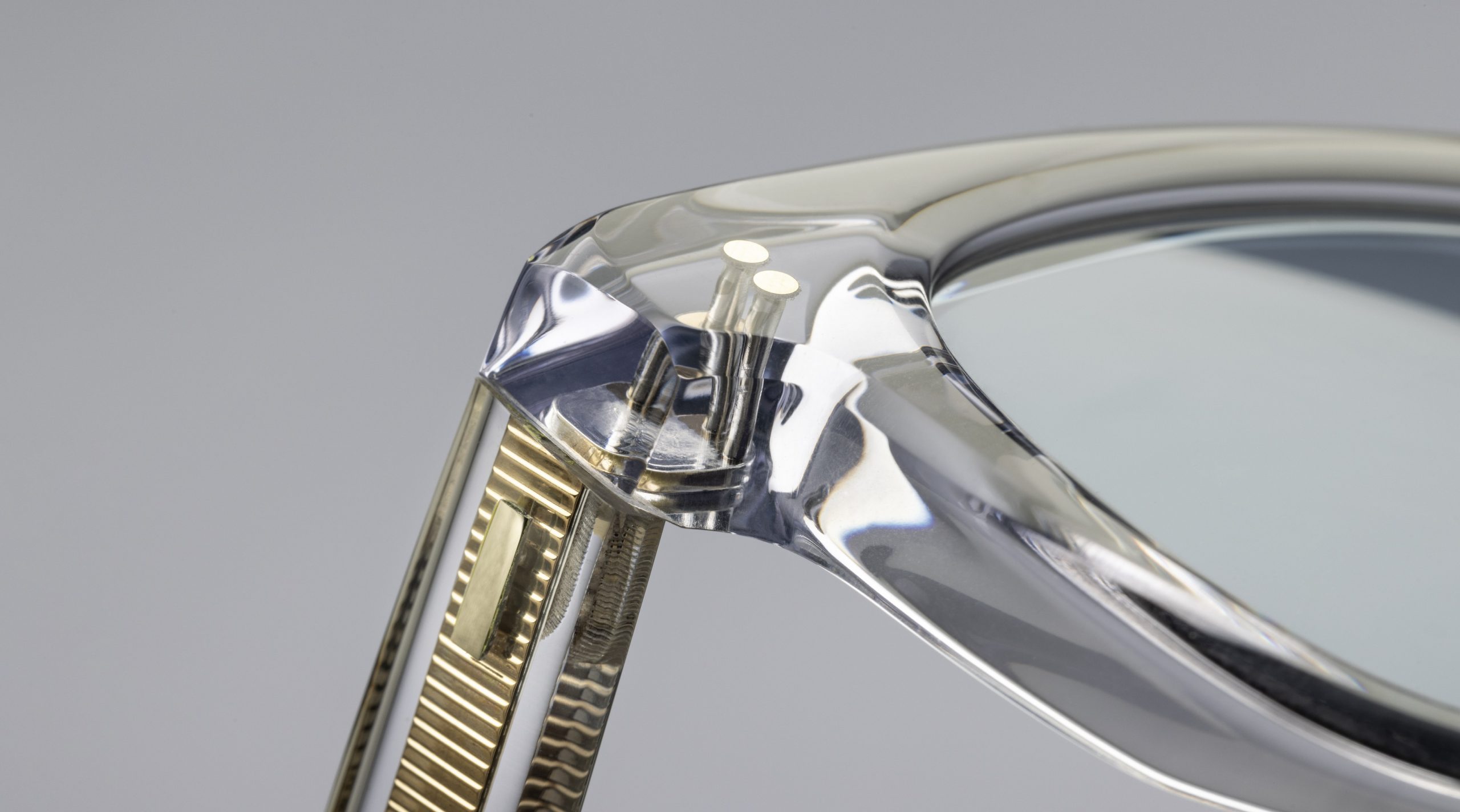As you may have noticed, the days are getting longer. Whilst we’re not quite into full-blown sunglass season, this interim period provides ample opportunity to talk about an optical feature we could all benefit from: transition lenses.
Transition lenses, also known as photochromic lenses, were first created by American tech company Corning in 1966. Whilst relatively crude by today’s standards, this specially treated glass could achieve maximum darkness after about 15 minutes exposed to sunlight.
Fast forward to now, where the notion of glasses made from glass feels almost medieval, photochromic technology has vastly improved. Light-responsive lenses are now available in prescription and non-prescription eyewear, goggles, and even face shields for motorcycle helmets. This technology can be implemented through a number of processes such as imbedding, dying or photosensitive film coatings.
ZEISS – the German manufacturer of optical systems and optoelectronics which provided our 9101 Limited Edition transition lenses – favour the latter with their innovative Sunlens technology. This will be our first ever transition lens fitted in a Cutler and Gross frame, capable of reaching maximum tint within minutes.

Who Are Transition Lenses For?
Everyone. Although not initially recognised as a benefit when photochromic technology was developed, transition lenses offer broad protection from harmful UVA and UVB radiation. This means that anyone who spends time outdoors could benefit from a pair of transition lenses, whether they have a prescription or not. If you’re investing in skincare in the interests of UV protection, simply think of transition lenses as the final step in your skincare routine.
Our 9101 Limited Edition was designed with this in mind, as our own Tony Gross was an early adopter of the first photochromics. Mr Gross toted his transition glasses on his morning commute through Hyde Park to his shop in Knightsbridge, appreciating its properties which afforded him lenses that transitioned light enough to then see his illustrious devotees in broodingly-lit restaurants and bars.


